15 Plants for a Bird-Friendly Yard
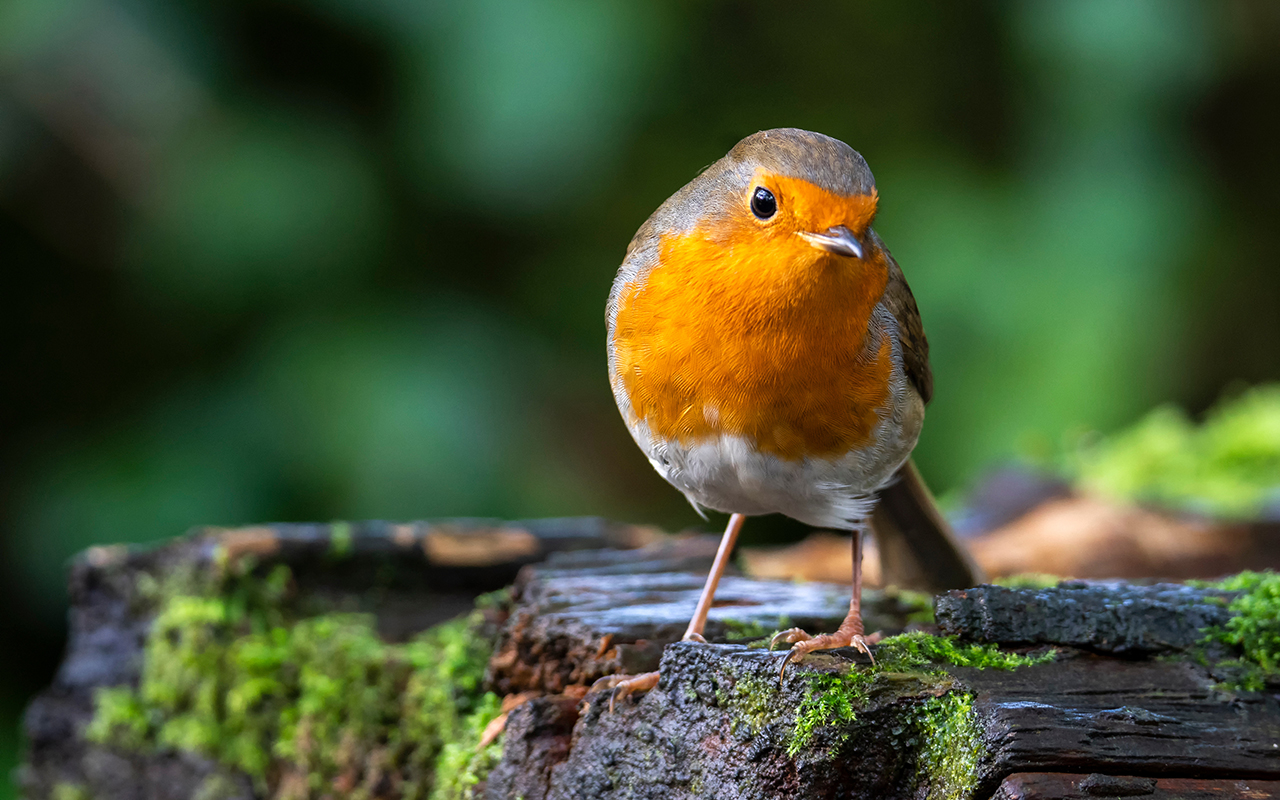
Creating a bird-friendly yard is a rewarding way to support local wildlife and enjoy the beauty of nature. By carefully selecting plants that provide food, shelter, and nesting sites, you can attract a diverse range of bird species to your garden. From vibrant flowers to towering trees, these plant choices will transform your outdoor space into a bird sanctuary.
Dogwood (Cornus)

Dogwoods, with its stunning blooms and vibrant fall foliage, is a beautiful addition to any bird-friendly yard. Its colorful berries provide a valuable food source for a variety of birds, including cardinals, bluebirds, and thrushes. Additionally, the dense foliage of dogwood trees offers excellent nesting and shelter opportunities for many bird species.
Maple (Acer)
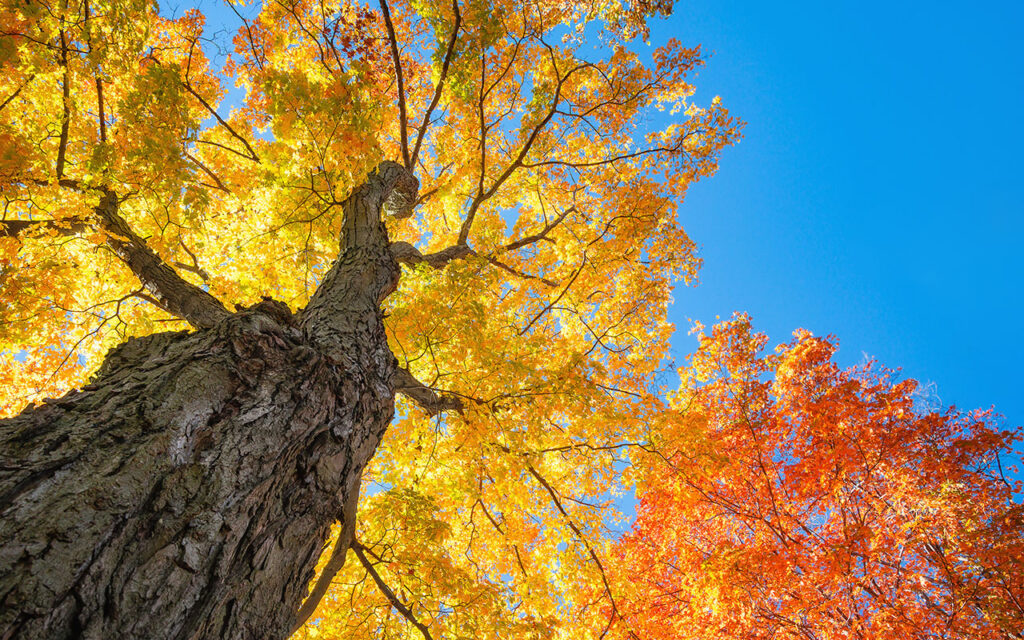
Maple trees are a bird lover’s dream. Their dense foliage provides excellent nesting and roosting sites for a variety of birds, while their seeds, known as samaras or “helicopters,” offer a valuable food source for many species, including chickadees, finches, and woodpeckers. Additionally, maple trees often host a plethora of insects, which attract insect-eating birds like warblers and vireos.
Cattail (Typha)
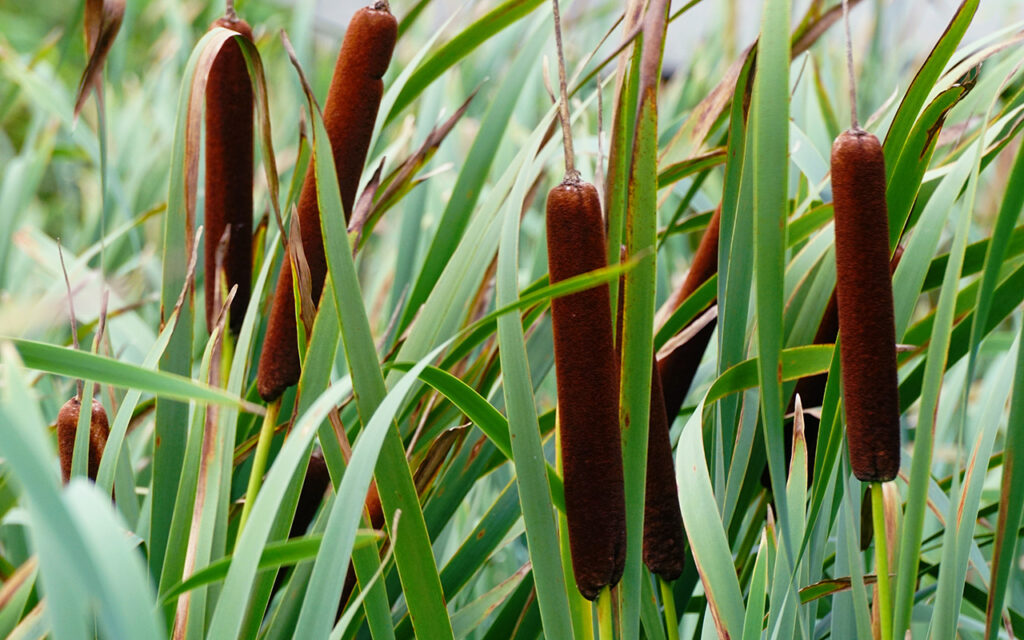
Cattails, often overlooked as mere wetland plants, offer a surprising array of benefits for birds. Their dense, upright stalks provide excellent nesting and roosting sites for marsh birds like red-winged blackbirds and marsh wrens. Additionally, the fluffy seed heads are a valuable food source for a variety of birds, including goldfinches and sparrows. By incorporating cattails into your bird-friendly yard, especially near a water source, you can attract a diverse range of avian visitors.
Joe-Pye Weed (Eutrochium purpureum)
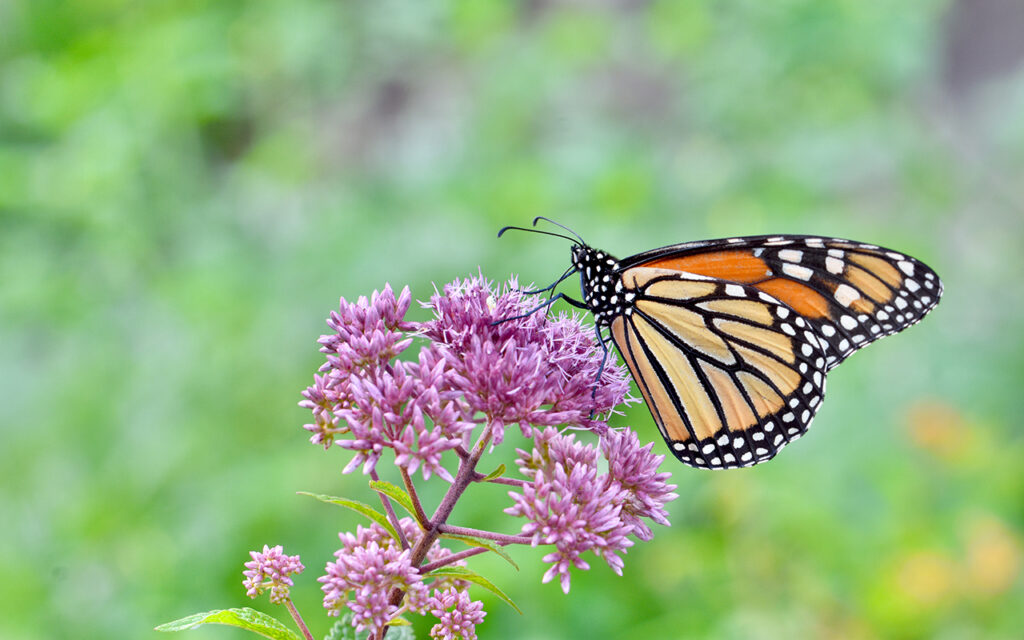
Joe-Pye weed, a tall, late-blooming perennial, is a valuable addition to any bird-friendly yard. Its clusters of tiny, nectar-rich flowers attract a variety of pollinators, including butterflies and bees, which in turn attract insect-eating birds. Additionally, the plant’s seeds provide a winter food source for birds like goldfinches and sparrows. Joe-Pye weed thrives in moist soils and can be planted near ponds or rain gardens to create a bird-friendly habitat.
Sycamore (Platanus occidentalis)
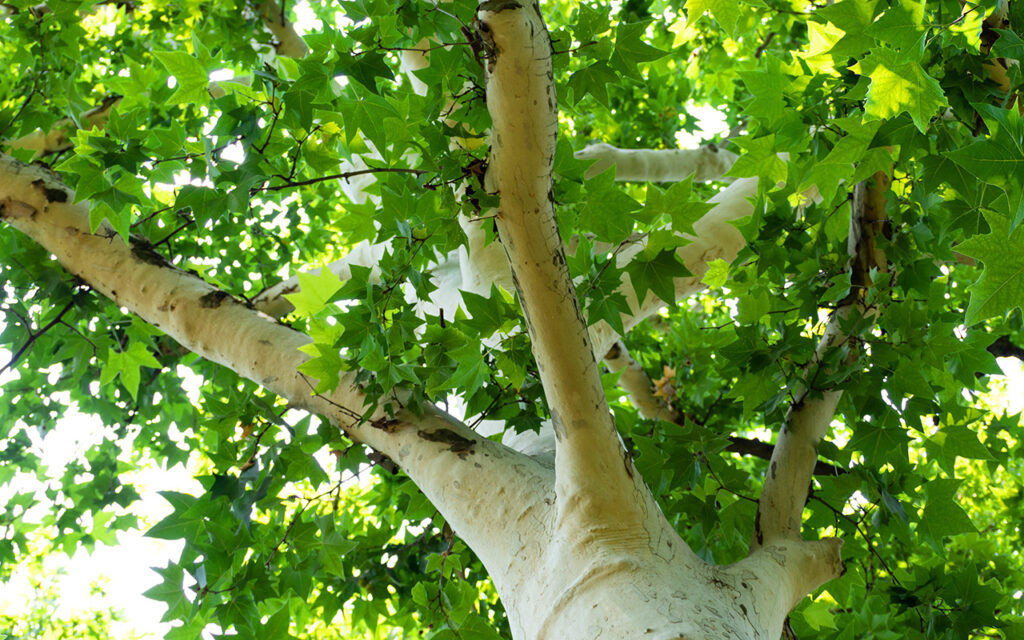
Sycamore trees, with their distinctive mottled bark and large, lobed leaves, are a fantastic choice for a bird-friendly yard. Their dense foliage provides excellent nesting and roosting sites for a variety of birds, including woodpeckers, owls, and hawks. Additionally, the seeds produced by sycamore trees are a valuable food source for many bird species, especially in the fall and winter. By planting a sycamore tree, you can create a natural haven for birds and other wildlife.
Goldenrod (Solidago)
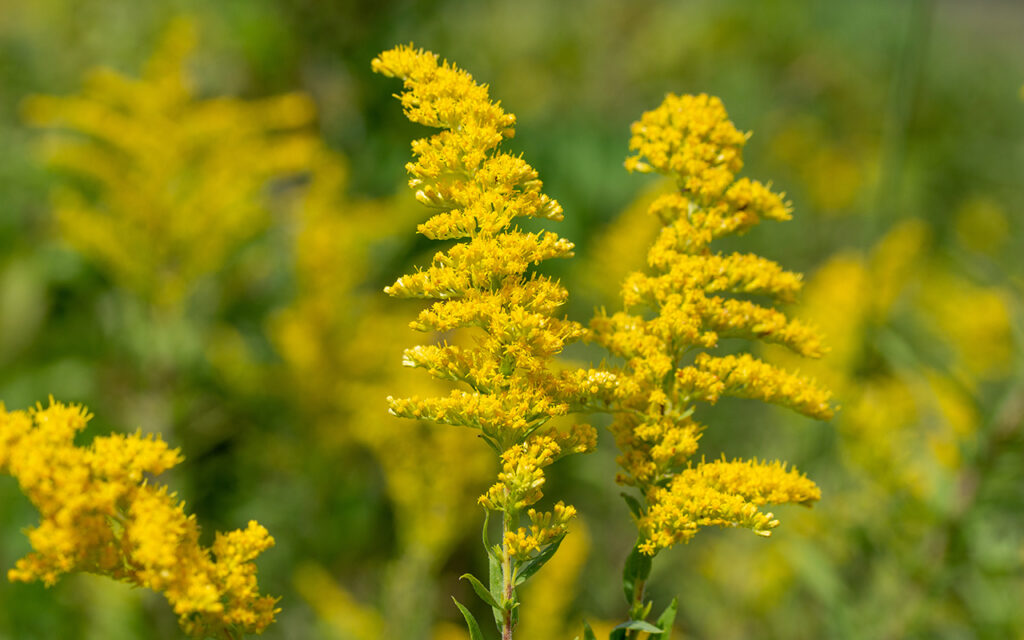
Goldenrod, often unfairly maligned as a cause of allergies, is a valuable plant for bird-friendly yards. Its bright yellow flowers are a nectar source for butterflies and bees, which in turn attract insect-eating birds. Additionally, the seeds produced by goldenrod are a vital food source for many bird species, including finches, sparrows, and chickadees.
Birch (Betula)
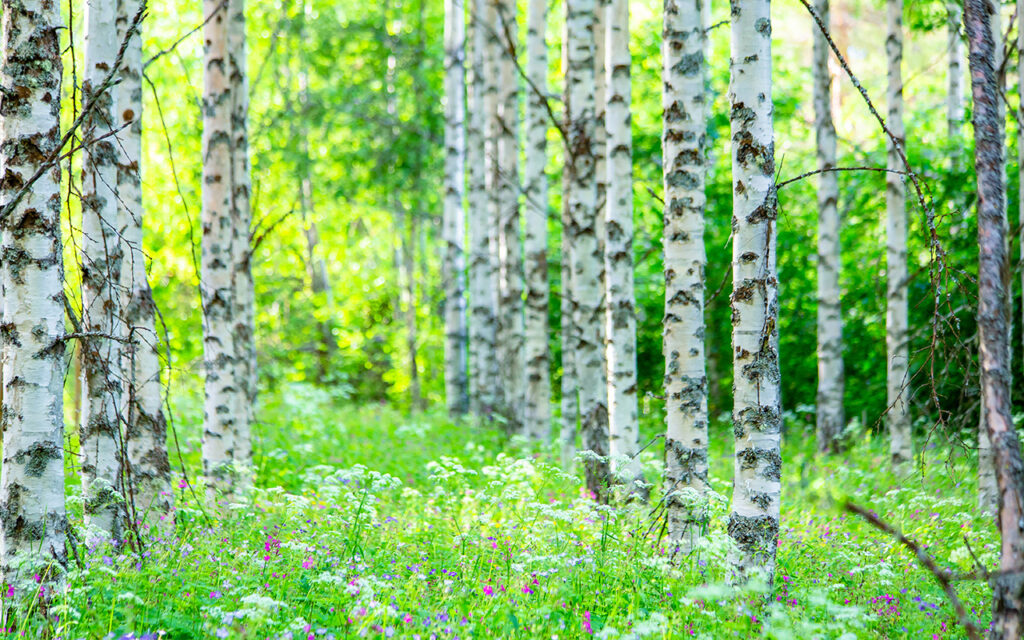
Birch trees, with their delicate, papery bark and graceful form, are a beautiful addition to any bird-friendly yard. Their dense foliage provides excellent nesting and roosting sites for a variety of birds, including chickadees, nuthatches, and woodpeckers. Additionally, the seeds produced by birch trees are a valuable food source for many bird species, especially in the fall and winter.
Witch Hazel (Hamamelis)

Witch hazel, a unique flowering shrub, offers a variety of benefits for birds. Its late-blooming flowers provide a valuable nectar source for pollinators, including butterflies and bees, which in turn attract insect-eating birds. Additionally, the plant’s seeds are a food source for many bird species, especially in the fall and winter. Witch hazel’s distinctive, twisted branches also provide excellent nesting and roosting sites for birds like chickadees and nuthatches.
Clematis (Clematis)
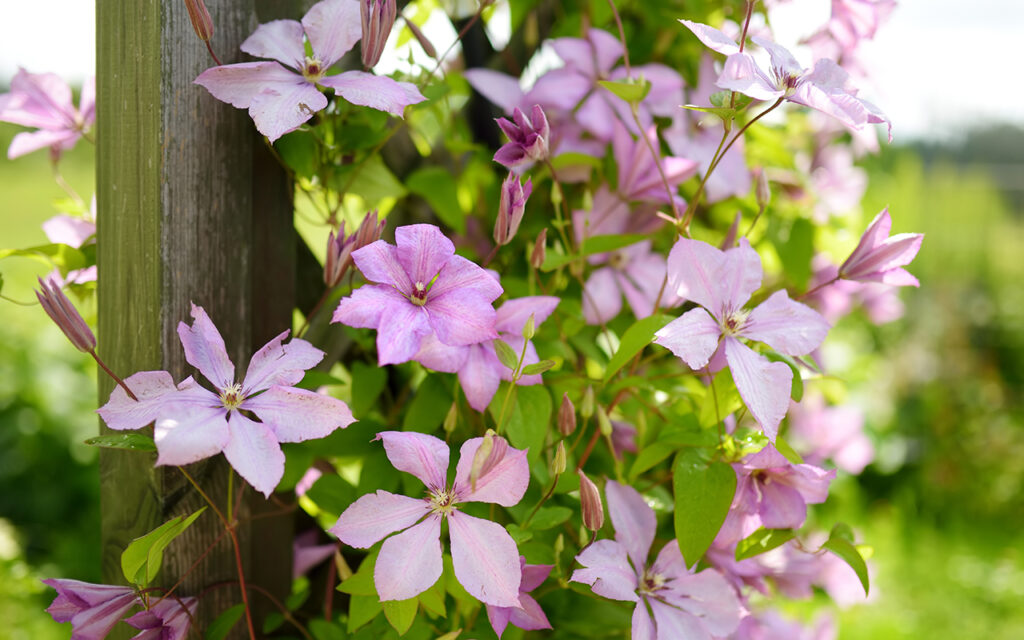
Clematis, with its vibrant blooms and diverse growth habits, is a valuable addition to a bird-friendly garden. Its showy flowers attract a variety of pollinators, including butterflies and bees, which in turn attract insect-eating birds. Additionally, the dense foliage of climbing clematis can provide excellent nesting and roosting sites for small birds like wrens and finches. By choosing clematis varieties that bloom at different times of the year, you can ensure a continuous supply of nectar and shelter for birds throughout the growing season.
Milkweed (Asclepias)
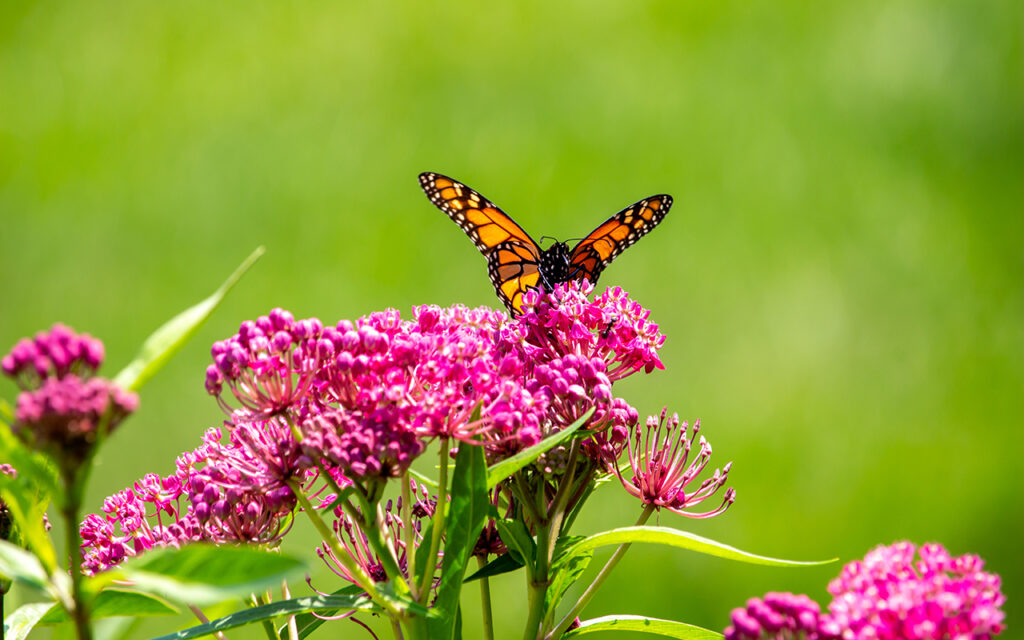
Milkweed, a vital plant for monarch butterflies, also offers numerous benefits for birds. Its nectar-rich flowers attract a variety of pollinators, including butterflies and bees, which in turn attract insect-eating birds. Additionally, the fluffy seeds produced by milkweed are a valuable food source for many bird species, such as goldfinches and chickadees. By planting milkweed in your yard, you can not only support monarch butterflies but also create a thriving habitat for a diverse range of birds.
Thistle (Cirsium)
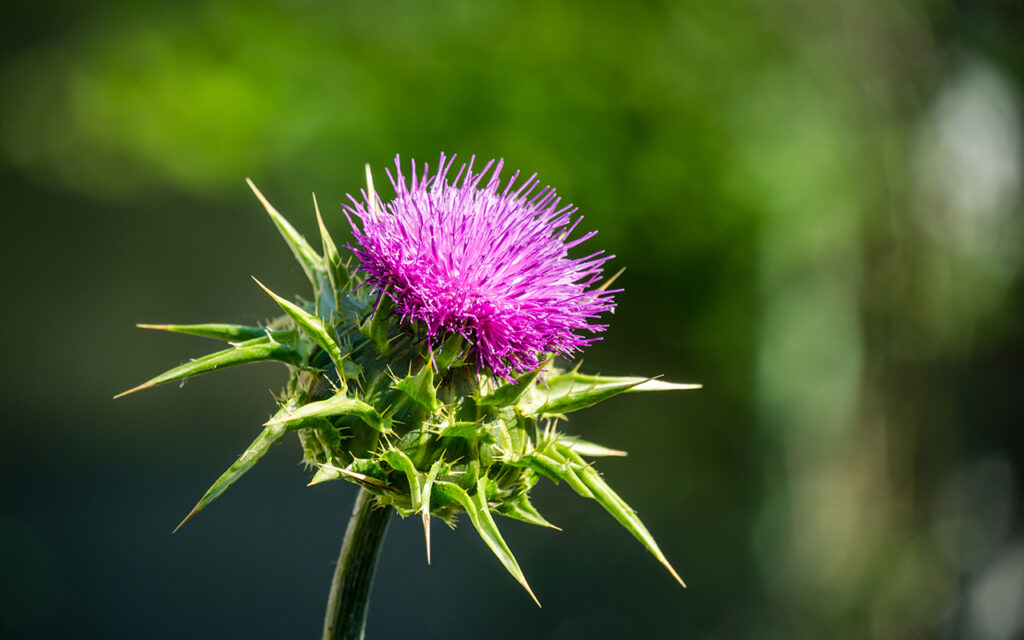
Thistle, often considered a weed, is actually a valuable plant for bird-friendly yards. Its spiky seed heads are a favorite food source for many bird species, including finches, sparrows, and goldfinches. While some types of thistle can be invasive, native species like the American thistle can be beneficial for wildlife.
Lamb’s Ear (Stachys byzantina)
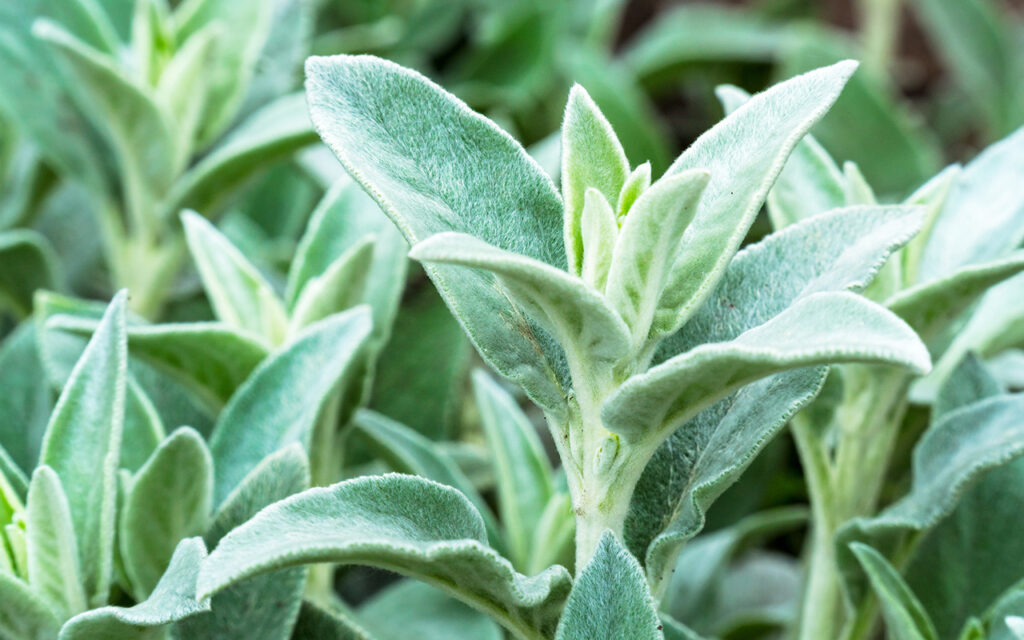
Lamb’s ear, with its soft, fuzzy foliage, is a unique and attractive plant that can benefit birds in several ways. While it may not offer nectar or seeds directly, its dense foliage provides excellent cover for nesting birds, particularly small species like wrens and chickadees. Additionally, the plant’s woolly leaves can trap insects, making it an indirect food source for birds.
Cinnamon Fern (Osmundastrum cinnamomeum)
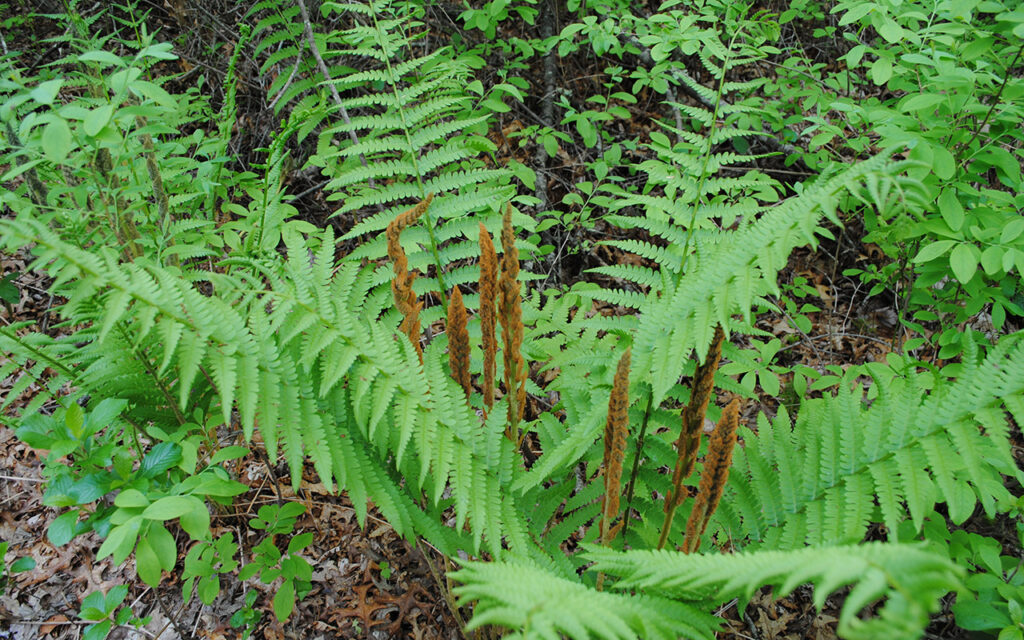
Cinnamon fern, with its elegant fronds and unique cinnamon-colored fertile fronds, is a beautiful addition to a bird-friendly yard. While it doesn’t directly provide nectar or seeds, its dense foliage offers excellent cover and nesting sites for a variety of birds, including ground-dwelling species like ovenbirds, waterthrushes, and wood thrushes. By planting cinnamon fern in moist, shaded areas of your yard, you can create a welcoming habitat for these often overlooked bird species.
Cottonwood (Populus deltoides)
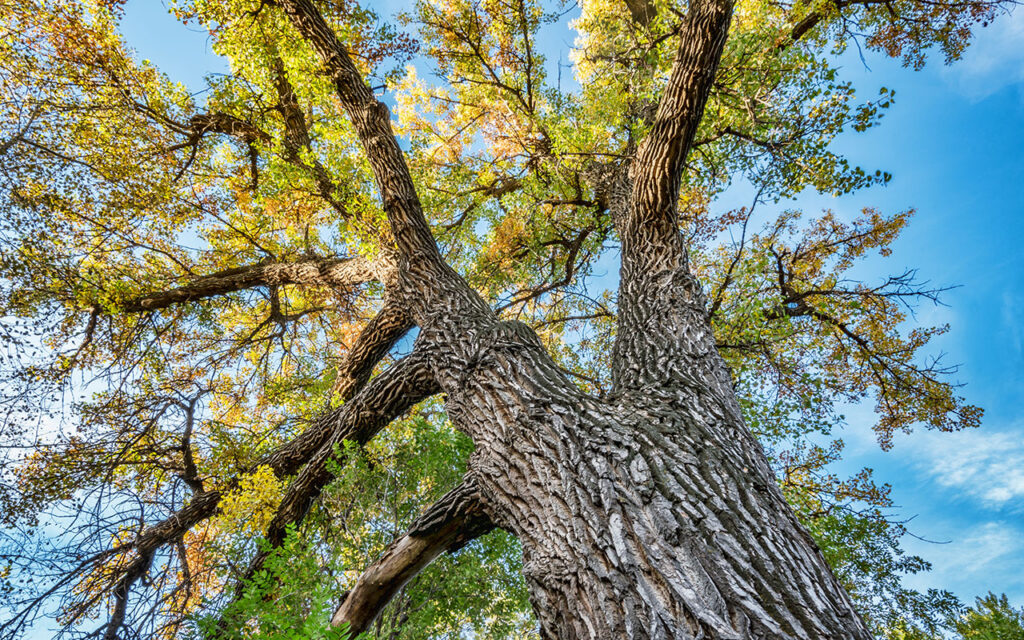
Cottonwood trees, with their towering height and expansive canopy, are a magnificent addition to a bird-friendly yard. Their dense foliage provides excellent nesting and roosting sites for a variety of birds, including woodpeckers, owls, and hawks. Additionally, the cottonwood’s seeds, which are dispersed by the wind, provide a valuable food source for many bird species.
Pussy Willow (Salix discolor)
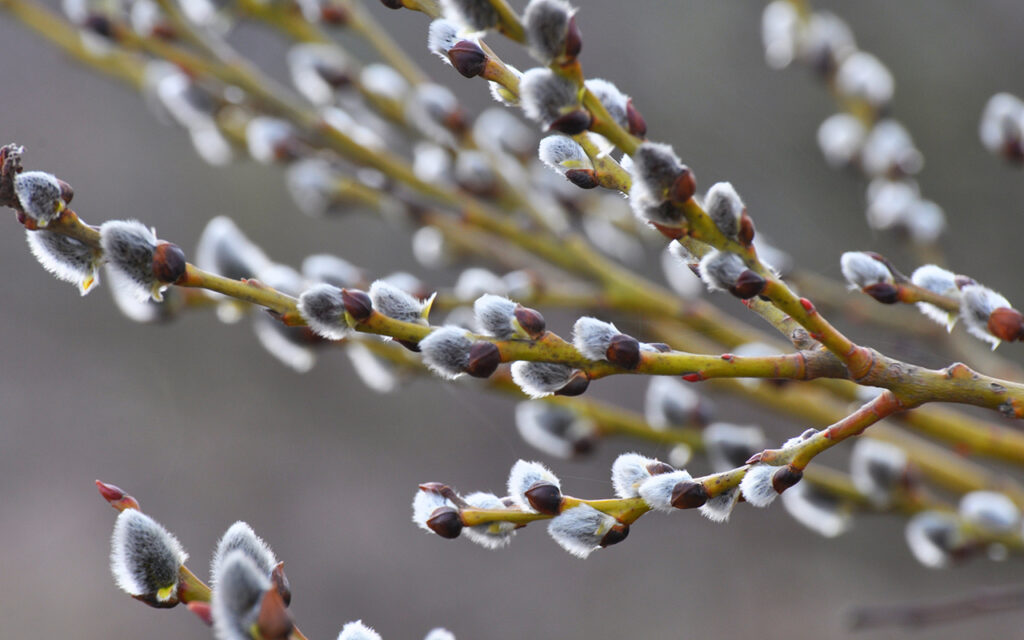
Pussy willow, an early-blooming shrub, is a valuable addition to a bird-friendly yard. Its fuzzy catkins provide an early source of nectar for pollinators like bees and butterflies, which in turn attract insect-eating birds. Additionally, the dense foliage of pussy willow provides excellent cover and nesting sites for small birds like chickadees and wrens.